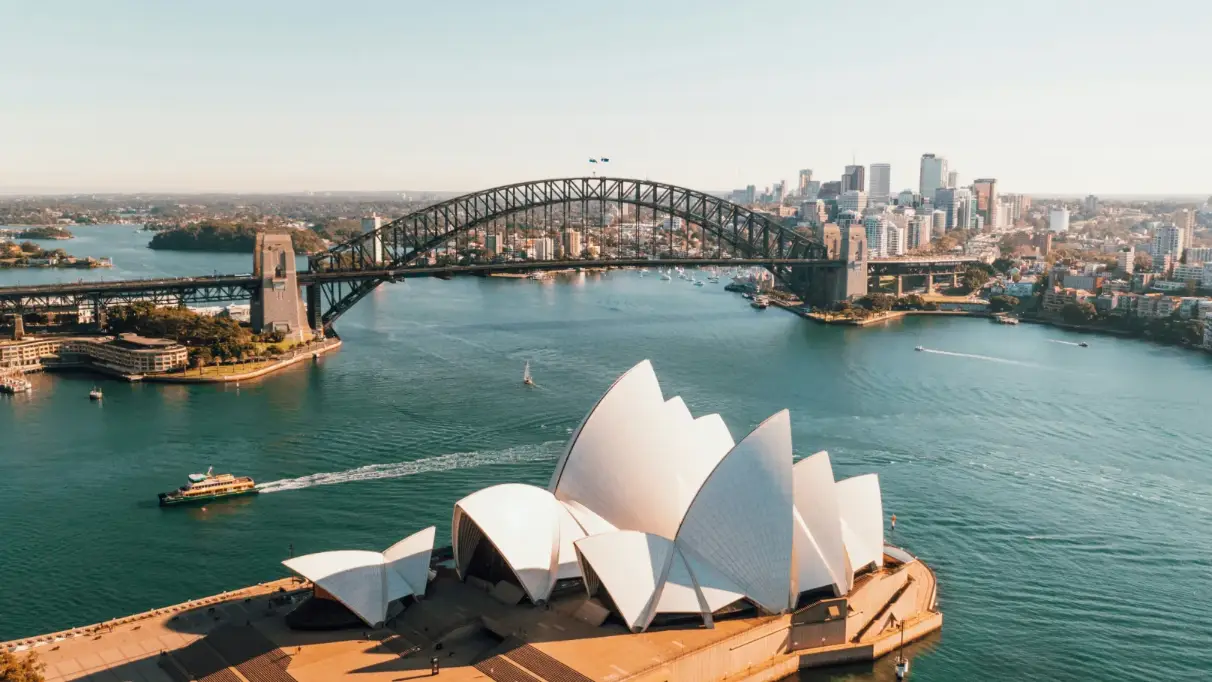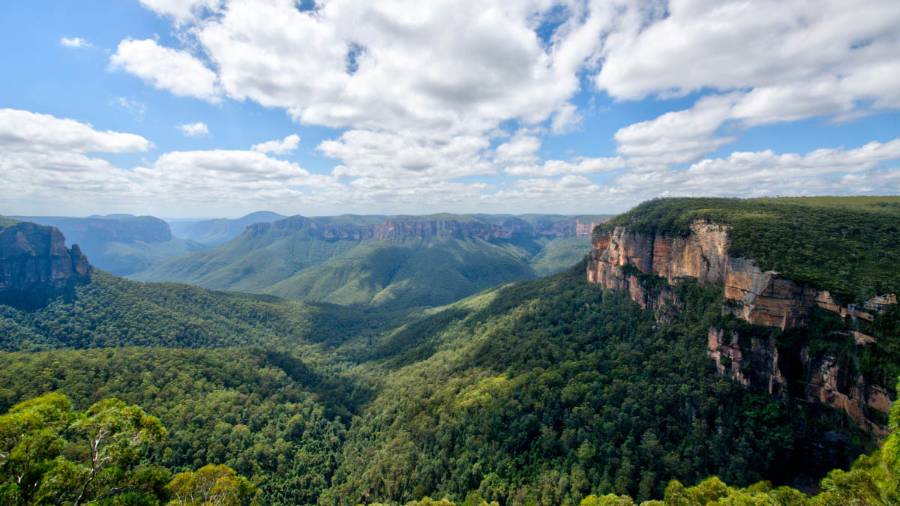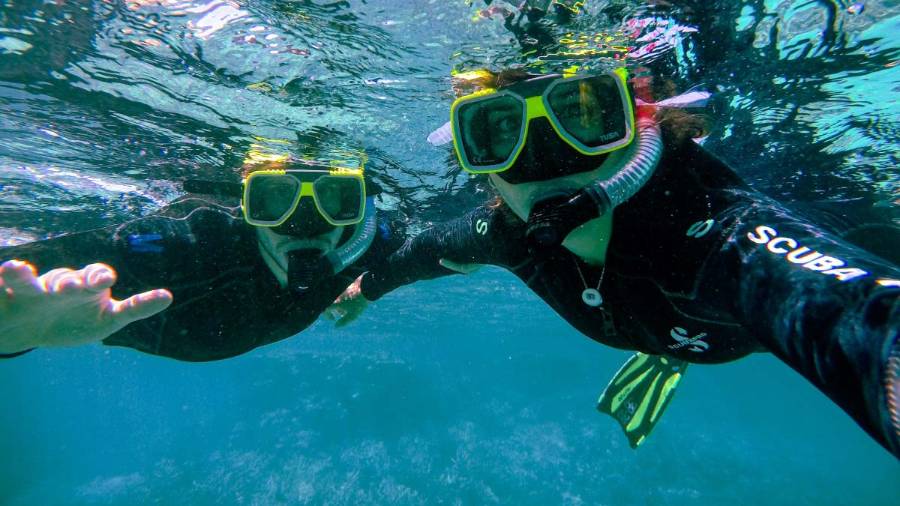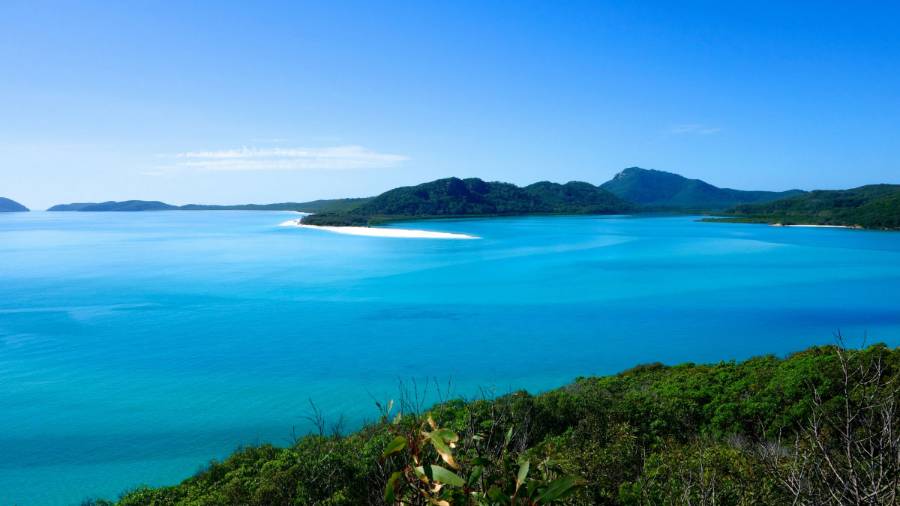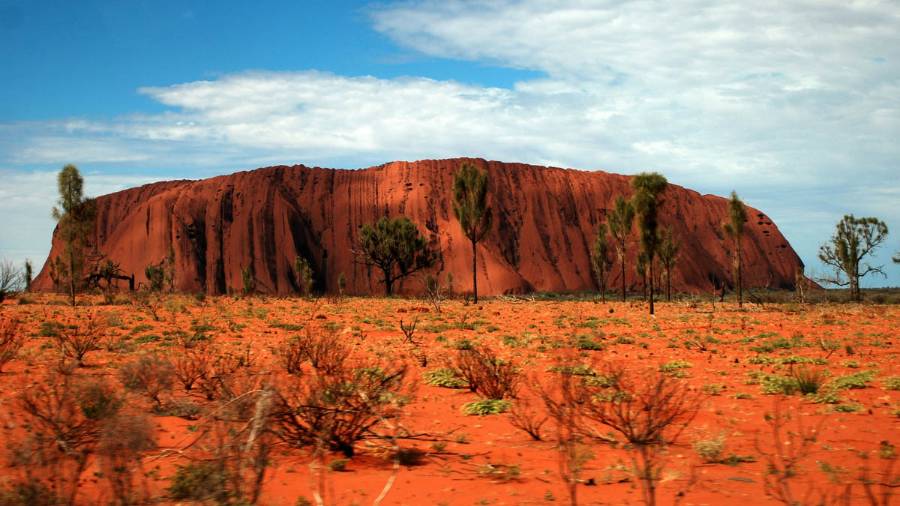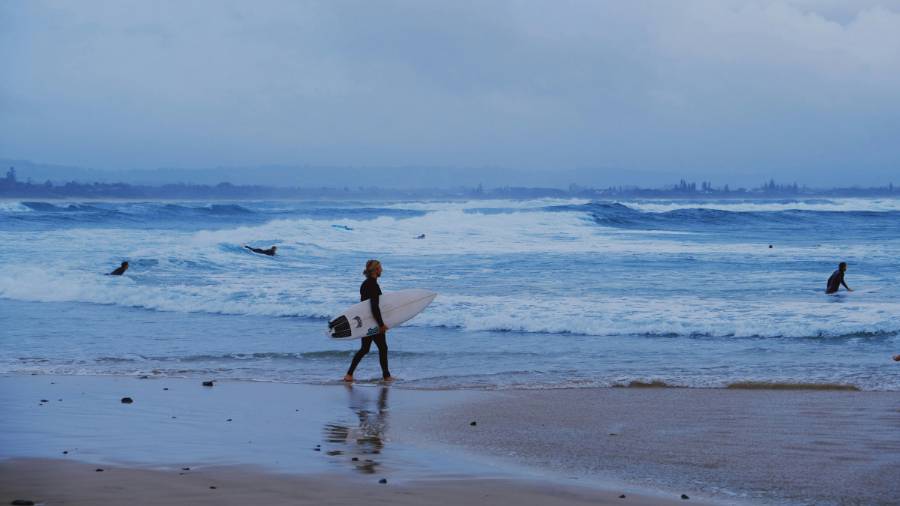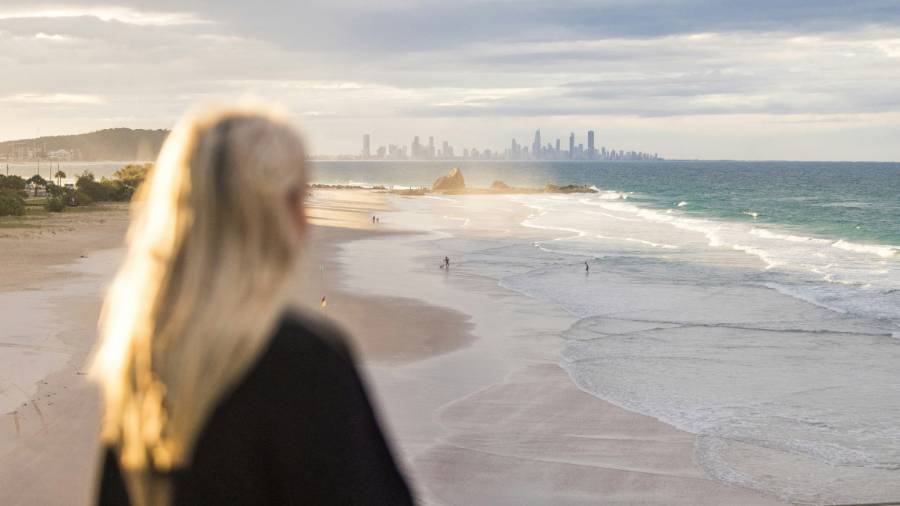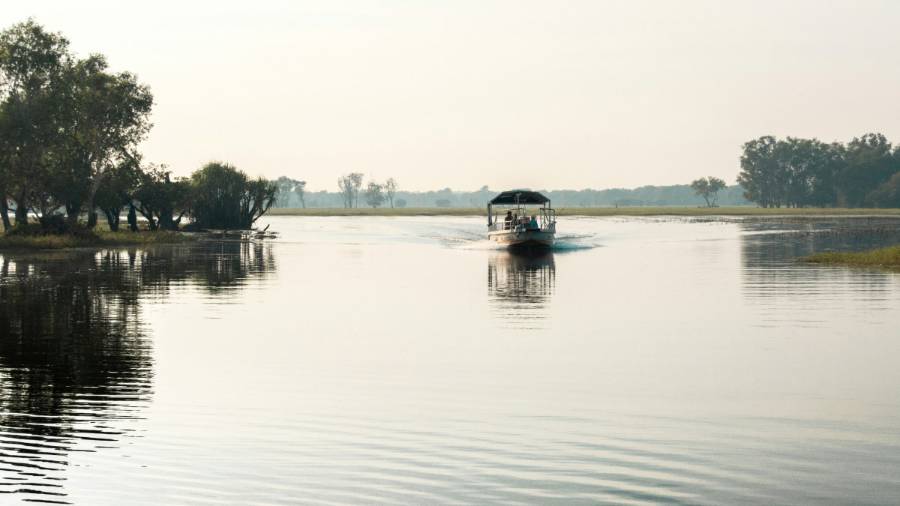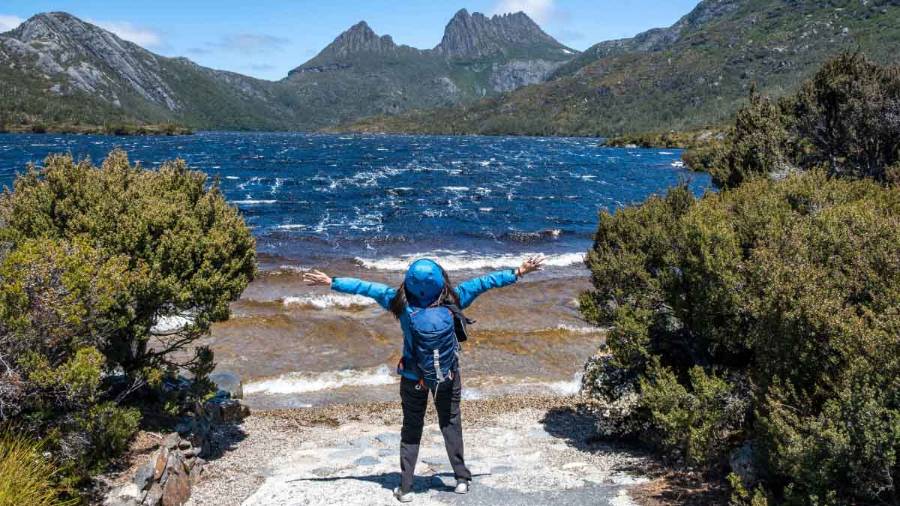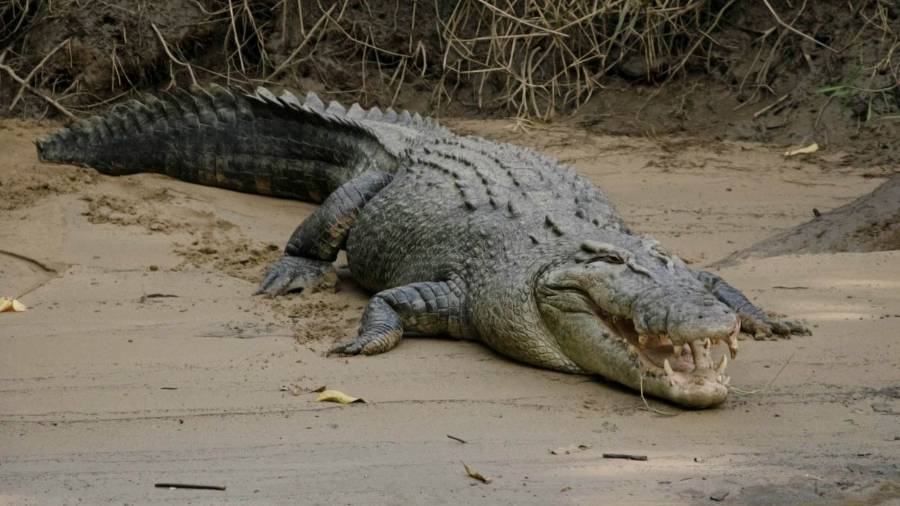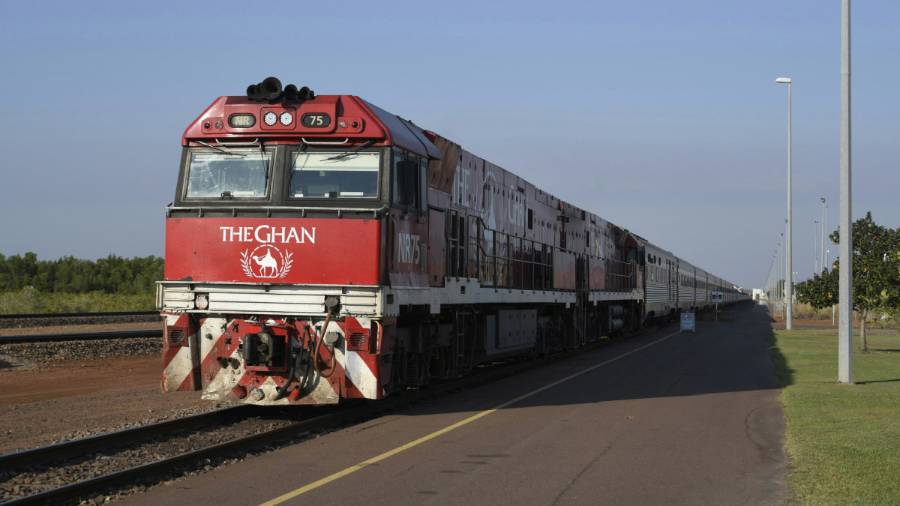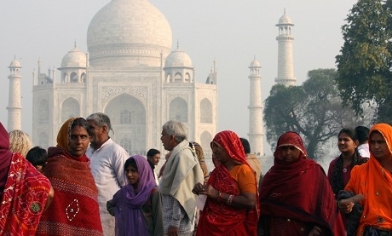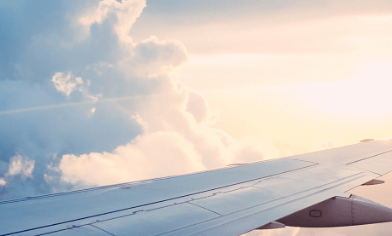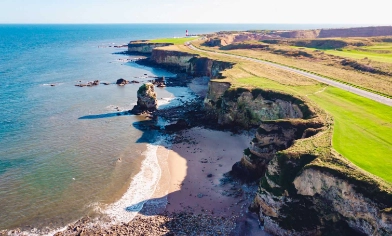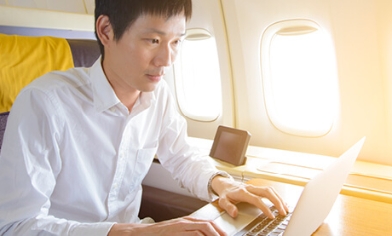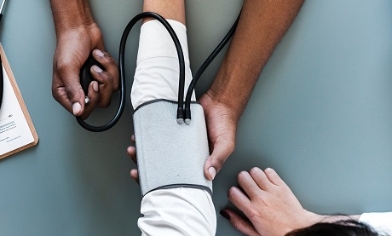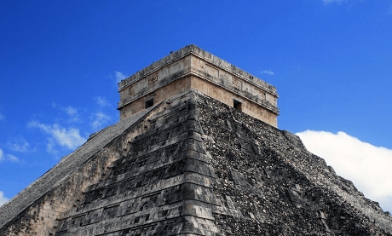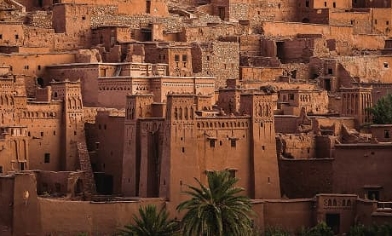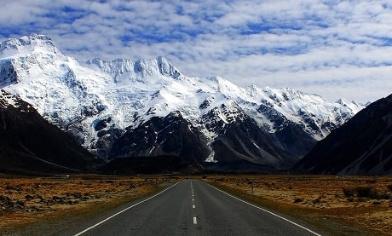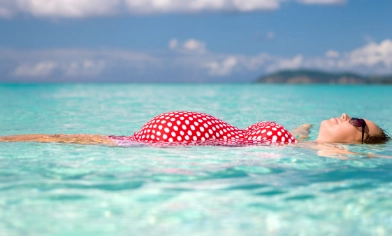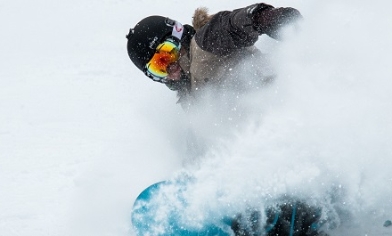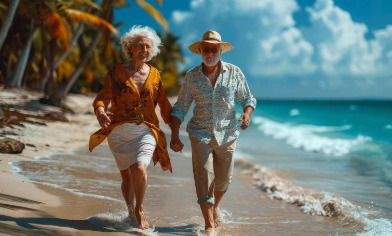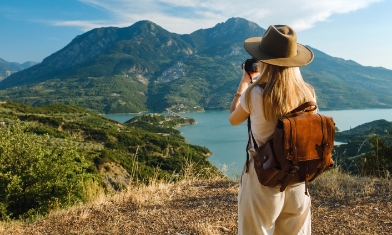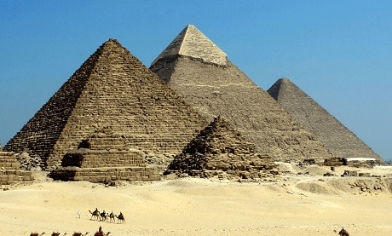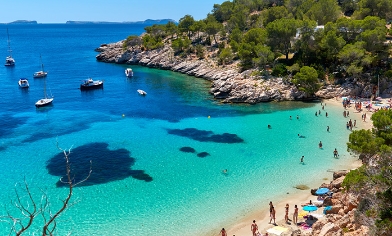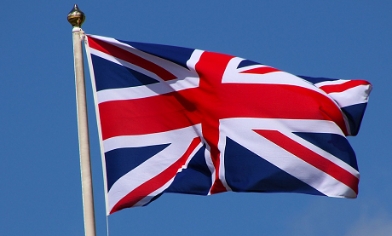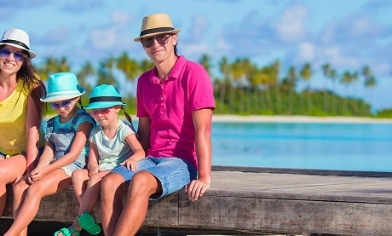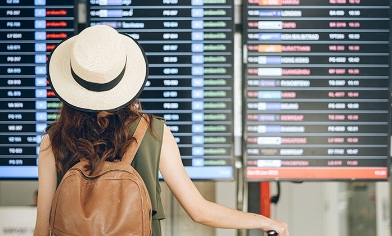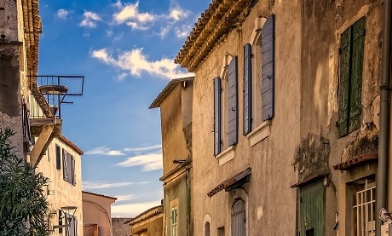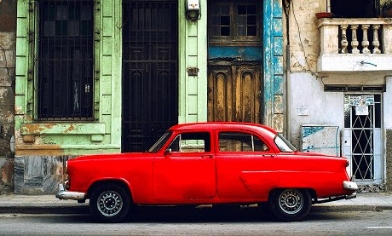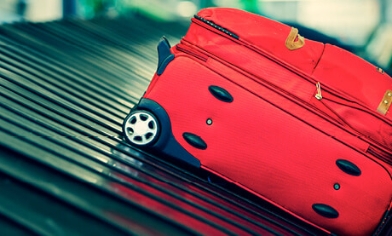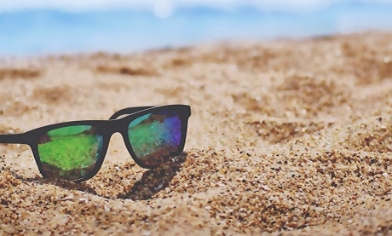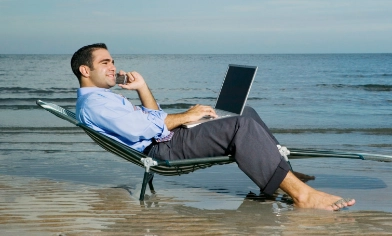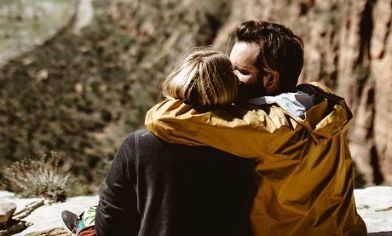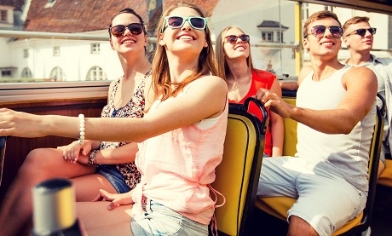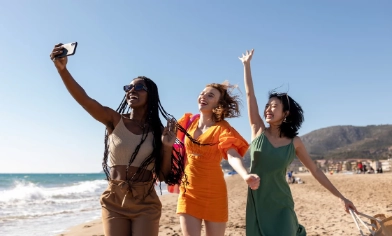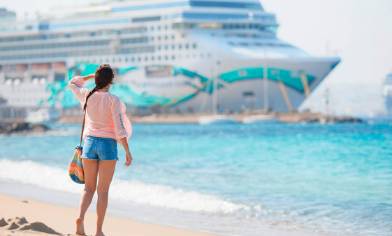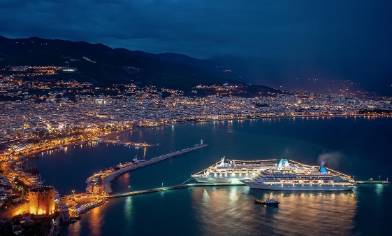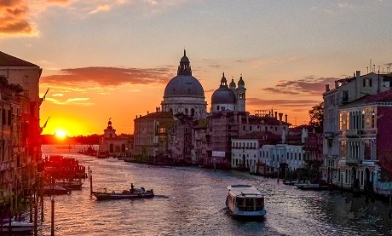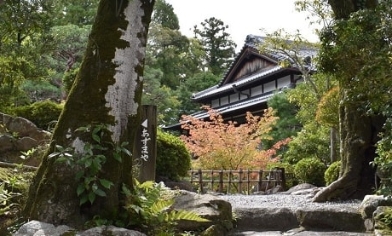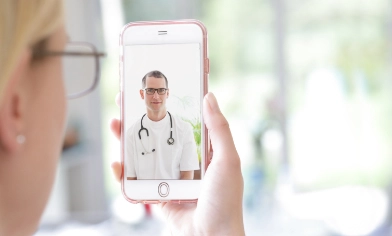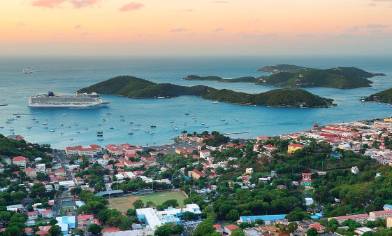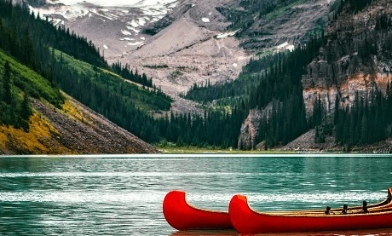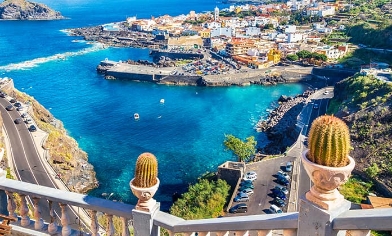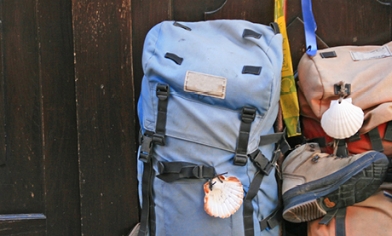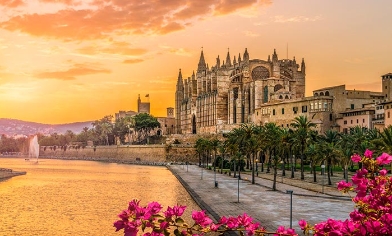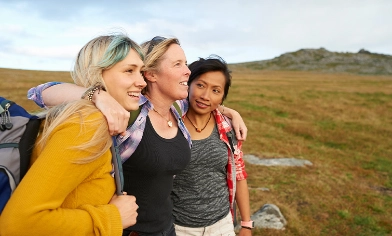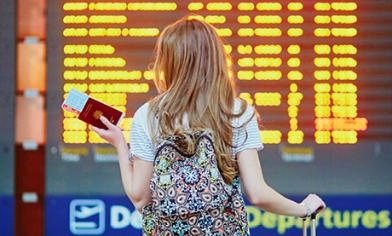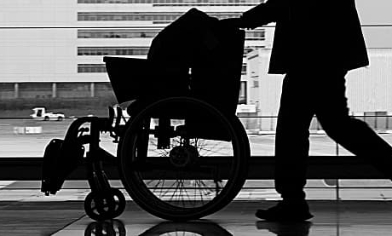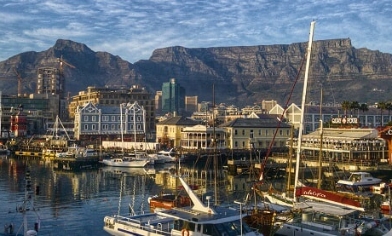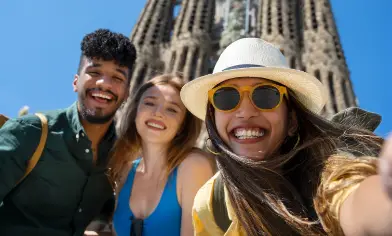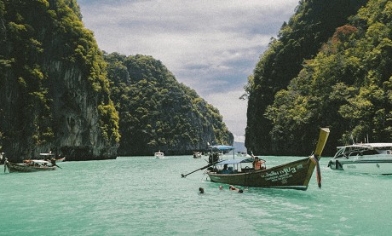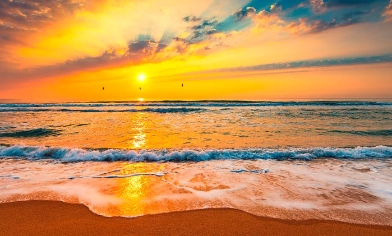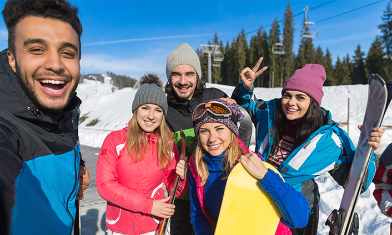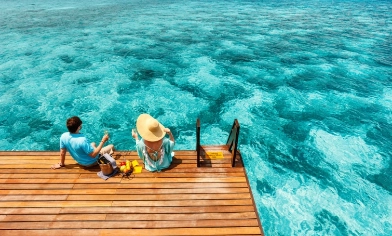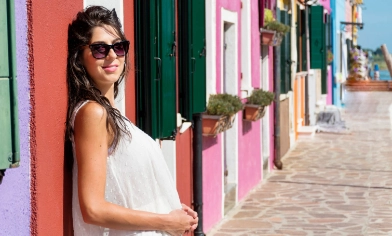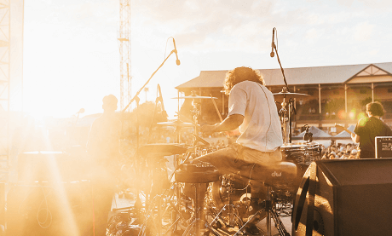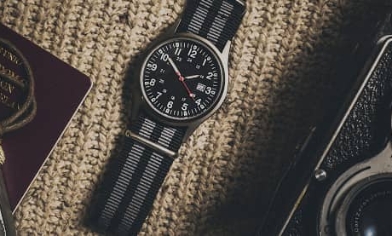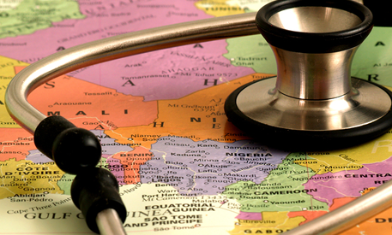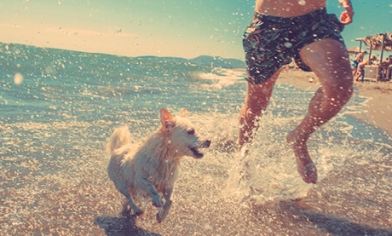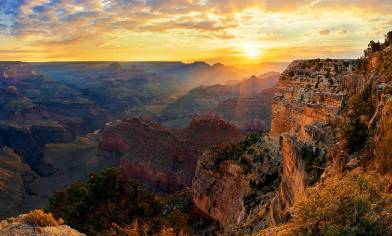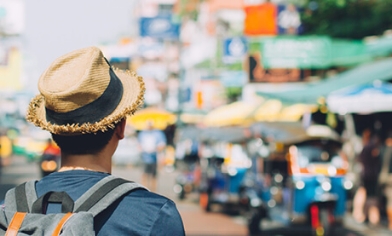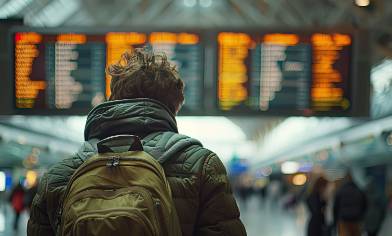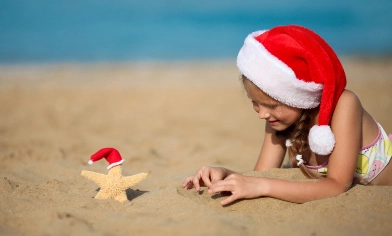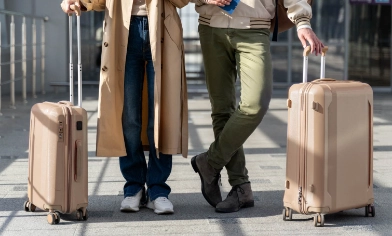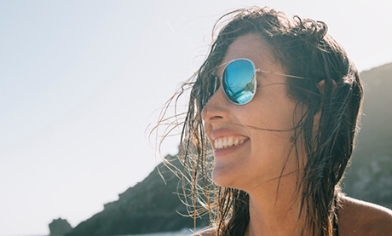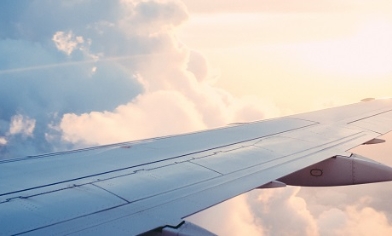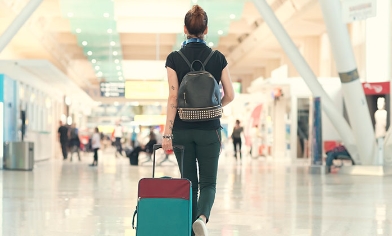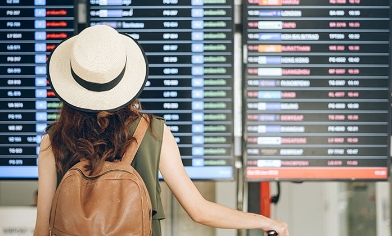5. Byron Bay and the Northern Rivers
Byron Bay, in the state of New South Wales, is a laid-back town that blends surf culture with creativity and eco-living. It’s known for its beaches, lighthouses, yoga retreats and stunning sunsets. You can surf in the morning, enjoy healthy food and live music in the afternoon and watch dolphins play in the sea at dusk.
The surrounding area, called the Northern Rivers, is just as lovely. Think rainforest walks, crystal clear creeks and artsy villages like Bangalow and Nimbin. It’s a popular spot for road trips and easy to reach from Brisbane in Queensland.
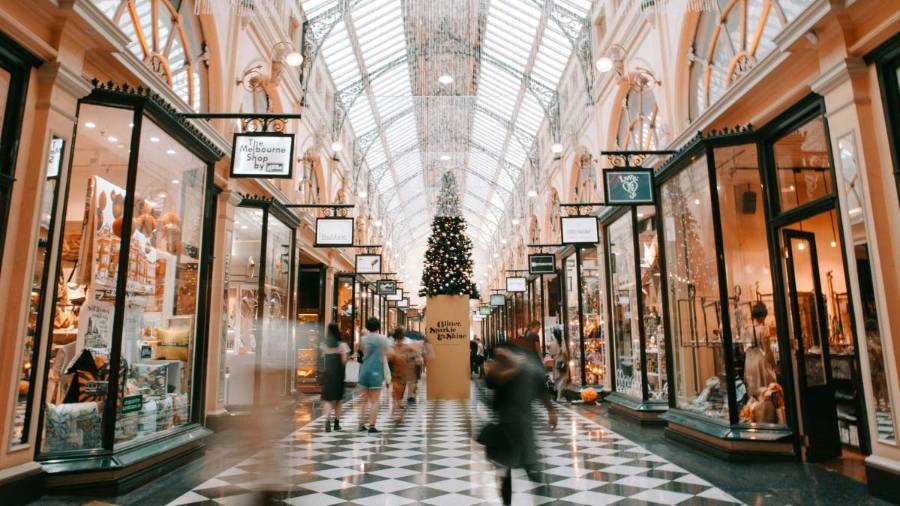
6. Melbourne, the Great Ocean Road and Phillip Island
Melbourne, the capital of Victoria and second-largest city in Australia, is full of culture and creativity. Immerse yourself in its art galleries, street art, music festivals and buzzing café scene. It’s also known for its sports, from cricket and Aussie rules football to tennis and Formula 1.
Nearby, the Great Ocean Road is one of the world’s best road trips. It hugs the southern coast, with dramatic cliffs, surf beaches and stops like the Twelve Apostles rock stacks and Great Otway National Park’s temperate rainforest. En route, stop off to see Koalas in the trees at Kennett Ricer or kangaroos on the golf course at Anglesey.
Phillip Island, a couple of hours from Melbourne, is home to the famous Penguin Parade, where penguins scurry up the beach as the sun sets.
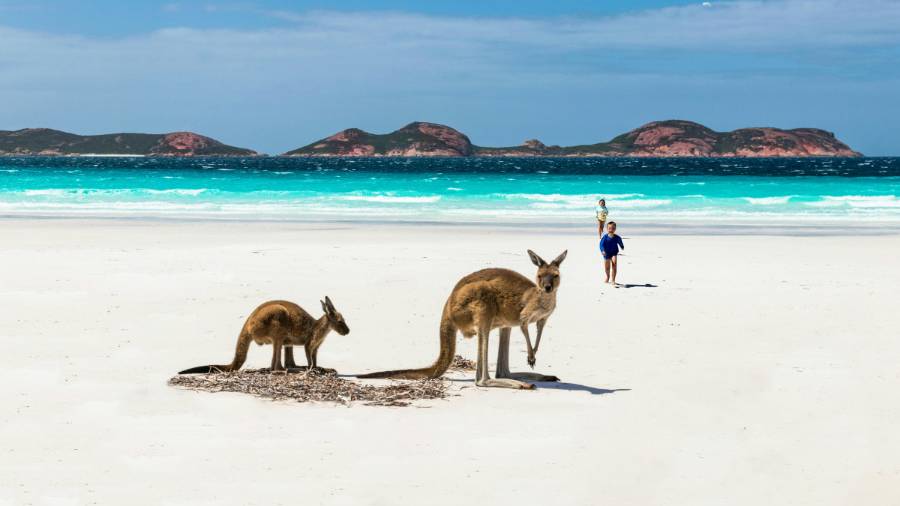
7. Perth and Western Australia
Perth is a sunny and easy-going city on the west coast. It’s a popular settle spot for UK expats and offers a mix of beaches, city life and outdoor fun. Swim at Cottesloe Beach, visit Fremantle for markets and craft beer, or take a ferry to Rottnest Island to meet the famous quokkas.
Western Australia is vast and often quieter than the east coast. You can visit vineyards in Margaret River, see wildflowers in spring or snorkel with whale sharks at Ningaloo Reef.
8. The Gold Coast
Just south of Brisbane, the Gold Coast is known for its high-rise skyline, golden beaches and family-friendly attractions. Surfers Paradise is the main hub with nightlife, shopping and, of course, surfing. There’s also the excitement of various large theme parks. And, if you want a break from the hustle, bustle and beaches, the hinterland is full of waterfalls, rainforest trails and scenic drives.
9. Darwin and the Top End
Darwin is the capital of the Northern Territory. It’s also a starting point for exploring Australia’s tropical north. It’s small but packed with character, markets and sunsets over the sea.
Just a short drive away, Litchfield National Park is full of waterfalls and rock pools. The larger Kakadu National Park is home to crocodiles, Aboriginal rock art and wetlands teeming with birds and wildlife.
10. Tasmania
Tasmania or “Tassie” is an island state known for wild landscapes and fresh produce. The capital, Hobart, mixes old buildings with a buzzing arts scene. You can try local oysters, cheeses and whisky. Or visit MONA, one of Australia’s most unusual art museums.
Out in the wilderness, you’ll find Cradle Mountain, the Bay of Fires and Bruny Island. It’s ideal for hiking, road trips and spotting wildlife like wallabies, wombats and even Tasmanian devils.
